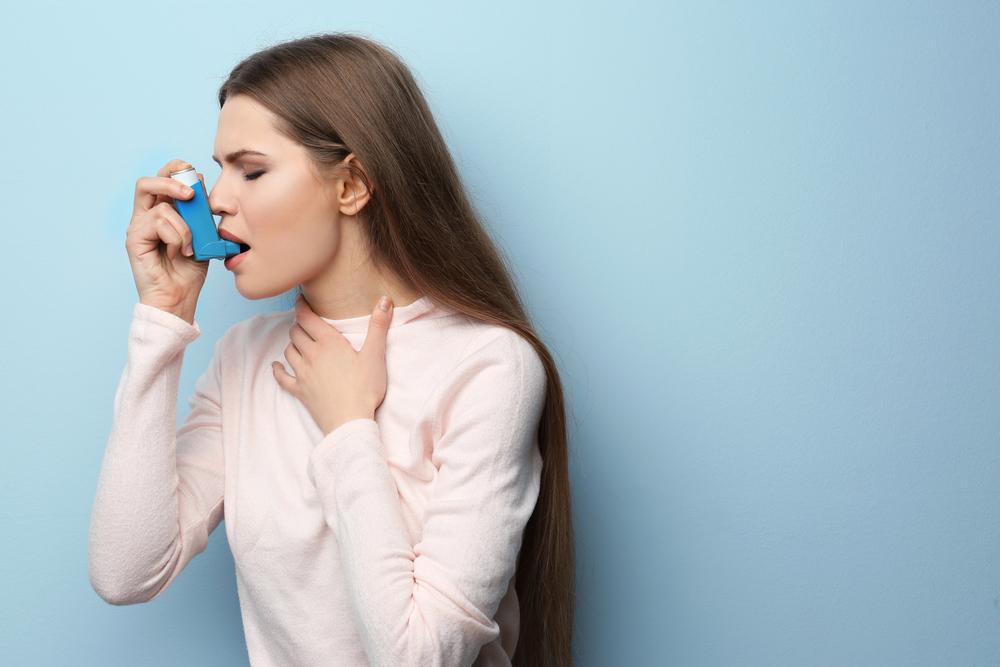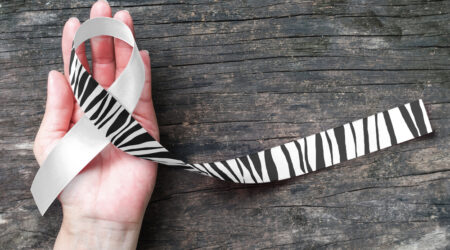What Is Eosinophilic Asthma And Why Is It Different
What is eosinophilic asthma and why is it different
Asthma is a broad term that includes a number of chronic respiratory diseases. According to estimates, more than 25.7 million people are suffering from some sort of asthma in the country. Almost 15% of this population struggles with severe asthma.
Eosinophilic asthma is a severe form of asthma; however, it is rare and affects only 5% of the adults in the country.

What are the symptoms of eosinophilic asthma?
The symptoms of eosinophilic asthma are as follows:
- shortness of breath
- tightness in the chest
- wheezing
- a cough
- obstructed airflow
- stuffy nose
- nasal drainage
- chronic sinus infection
- loss of the sense of smell
- nasal polyps
- abnormalities in the functioning of the lungs
- inflammation in the nasal mucous membrane
How is eosinophilic asthma different from other types of asthma?
Eosinophilic asthma is a type of asthma. The different types of asthma include allergic asthma, non-allergic asthma, aspirin-induced asthma, cough-variant asthma, and more. Below are some differences observed between eosinophilic asthma and the other types of asthma:
- Eosinophilic asthma is commonly seen in adults; however, most other types of asthma can affect both adults as well as children.
- Eosinophilic asthma is not immediately triggered by dust, mites, or other allergens. Allergic asthma is triggered by pollen, dust, pet dander and other allergens.
- The main symptom of eosinophilic asthma is shortness of breath while most other types of asthma cause wheezing.
What are the treatment options for eosinophilic asthma?
- Inhaled corticosteroids are used as maintenance drugs in patients suffering from eosinophilic asthma. They aid in normal breathing and prevent occasional asthma flare-ups.
- Oral corticosteroids are used if inhalers do not give the desired benefits.
- Bronchodilators are used as faster inhalers and advised as instant relief medicine. They open swollen airways quickly.
- Leukotriene modifiers are used to get relief from the effects of leukotrienes, a chemical in the immune system that causes asthma
- Biologics are available in pills, inhalers, and as IV injections. They block inflammation in the lungs thus giving relief from the asthma symptoms.
- Bronchial thermoplasty (BT) is advised when other treatment methods do not provide relief. It uses a special probe and thermal heat in relieving the symptoms of eosinophilic asthma.
What are the common triggers for eosinophilic asthma?
- Molds
- Medicines like aspirin
- Foods like peanuts or shellfish
- Fur from pet animals, birds, and insects
- Pollen
- Smoke from cigarettes or burning leaves
- Environmental triggers like storms, air pollution, changes in temperature, etc.
- Grass
- Smells from cleaners, air fresheners, candles, etc.
- Intense physical exercise
- Intense emotional distress like yelling or crying
What are some of the self-care tips for eosinophilic asthma patients?
- The triggers for asthma differ from patient to patient. Knowing the triggers will help cope with the condition in a better way.
- Maintain body weight.
- Exercise regularly to strengthen your lungs; however, take advice from the doctor while planning an exercise routine, as intense physical exertion can trigger an asthma attack.
- Get flu vaccine once a year. The complications of flu may trigger the eosinophilic asthma
- Avoid foods that trigger eosinophilic asthma. Maintain a food journal to help find the components in food that trigger an eosinophilic asthma attack
- Stop smoking as the smoke may worsen the eosinophilic asthma
- Ensure hygiene of pets, if any. Ensure pets are kept away from resting spaces like bedrooms.
- Limit your exposure to molds, pollen, dust mites, etc.


